Spray Foam Vs. Fiberglass Batt Insulation
Having a hard time deciding on the right insulation type for your home? Fiberglass batts and spray foam are popular types of insulation. The spray foam insulation vs. fiberglass debate is popular among homeowners and professionals looking for the right insulation for their buildings. Choosing between spray foam insulation and fiberglass insulation for your home is like selecting between two flavors of ice cream - you know that both will be good, but you need to decide which one you like the most.

The in-depth comparison of spray foam insulation and fiberglass with the discussion of unique pros and cons will be covered in this article. As you read along, we will also compare both types of insulation based on their features and decide the better insulation option for you. So, grab a cup of coffee and dive into this comprehensive guide as we unravel the insulation mystery and help you make an educated choice for your property!
What is Spray Foam Insulation?
Spray foam insulation is liquid insulation applied to seal gaps, holes, and cracks in different parts of a building. Spray foam insulation expands 30-60 times its original volume and is made by mixing isocyanates and polyol resins. Spray foam insulation is popular because of its efficiency, as it seals the air and provides excellent thermal insulation.

Closed-cell and open-cell are the two types of spray foam insulation. The difference between both insulations is that the density and R-value of closed-cell spray foam are higher than the other. Nevertheless, both types of spray foam offer excellent insulating properties. Here’s an article on closed-cell spray foam vs. open-cell spray foam insulation to learn more about the topic.
What is Fiberglass Insulation?
Fiberglass Insulation is a type of insulation that comes in rolls or batts and is applied between joists, studs, and rafters. It is made from fine glass fibers, then is compressed and treated to create batts and rolls. They provide thermal insulation and reduce heat transfer by trapping air pockets in their fibers.

Fiberglass batts come in different thicknesses, which measure the material's heat resistance. In other words, the thicker the batts or rolls, the higher the thermal resistance. Fiberglass insulation, also known as batt insulation, is cheap and easy to install.
Comparisons Between Spray Foam & Fiberglass
Spray foam insulation and fiberglass are common insulation methods used for residential and commercial insulation. The spray foam insulation vs. fiberglass argument compares the different features of both types of insulation. Here's a comparison of both types of insulation:

1. Spray Foam Insulation Cost vs. Fiberglass
The debate on spray foam insulation cost vs. fiberglass compares the cost of both types of insulation. Generally, the cost of spray foam insulation is more than fiberglass insulation. However, the type of spray foam used and the thickness of insulation affect insulation costs. Fiberglass insulation costs $0.5 per sq ft, while spray foam insulation costs between $1.5 to $3.5 per sq ft.
2. Energy Efficiency
Spray foam insulation and fiberglass insulation provide excellent thermal resistance. They both reduce energy loss in buildings, but their energy efficiency performance differs. Regarding energy efficiency, spray foam insulation is better than fiberglass insulation.
Spray foam insulation makes the building airtight by sealing holes, gaps, and crevices, significantly reducing environmental heat loss.
On the other hand, fiberglass insulation does not keep the building airtight and allows air leaks through gaps and holes. This makes spray foam insulation the better insulation for saving energy.
3. R-value
This represents the measure of heat transfer resistance of an insulating material. A high R-value means a high resistance to thermal insulation. Generally, spray foam has a higher R-value than fiberglass insulation.
The R-value for fiberglass insulation ranges between R2.2 to R3.5 per inch thickness. Spray foam insulation has an R-value of R3.5 to R7 per inch thickness. As regards rating in spray foam insulation vs. fiberglass debate, spray foam insulation is the preferred insulation.
4. Installation Process
One major argument in the spray foam vs. batts insulation debate is the installation process. Fiberglass insulation has an easier installation process than spray foam insulation. Fiberglass insulation can be installed by buying the batts and installing them into joists and wall studs. Meanwhile, spray foam insulation requires the services of a professional for proper installation, which adds to the insulation cost.
5. Ease of Application
In terms of application, it is easier to apply spray foam insulation. Polyurethane foam insulation is applied as a liquid using the right equipment. Spray foam insulation is also vital for thermally insulating hard-to-reach places.
Fiberglass insulation is messy during application because it comes in batts and rolls that must be cut to fill the wall studs or joists. Fiberglass insulation requires more time and effort, and it causes skin irritation.
6. Moisture Resistance
Spray foam insulation provides a higher resistance to moisture when than batts insulation. The cell structure of spray foam insulation, especially closed-cell spray foam, makes it an excellent choice for creating vapor barriers and preventing moisture in buildings.
In contrast, fiberglass insulation provides less resistance to moisture. Fiberglass insulation reduces moisture buildup in buildings, but it is not completely impermeable. Therefore, in this spray foam insulation vs. fiberglass argument, spray foam insulation is better at preventing moisture.
7. Rodent Resistance
Spray foam insulation offers better resistance against rodents and pests than fiberglass insulation. Unlike fiberglass insulation, rodents and pests find out difficult to chew through foam insulation once it has cured properly. In addition, fiberglass insulation is easy for rodents to use as a nesting area.
8, Mold Growth
Resistance to mold growth is vital in spray foam insulation vs. fiberglass comparison.
Mold on insulation happens as a result of a damp or humid environment. Spray foam insulation provides better resistance to mold growth than fiberglass when installed properly.
Spray foam insulation creates an airtight barrier that prevents mold growth. Unlike spray foam insulation, batts insulation supports mold growth once it becomes wet or damp. When considering mold growth, spray foam insulation is a better choice of insulation.
9. Soundproofing
Regarding noise reduction and soundproofing, spray foam insulation offers better performance than fiberglass insulation. By making the building airtight, spray foam insulation helps to reduce noise by locking out unwanted noise into your home. Fiberglass insulation, on the other hand, reduces noise by absorbing sound waves.
10. Environmentally Friendly
The environmental impact of batt insulation vs. spray foam is vital when comparing the right option for insulation. Spray foam insulation is less eco-friendly than fiberglass insulation.
Fiberglass insulation is made from non-toxic glass fibers. These fibers can be recycled and do not produce toxins during installation. On the other hand, spray foam insulation is made from chemicals, and it can give off toxic chemicals during installation or when it does not cure properly.
11. Fire Safety Ratings (Flammability)
The fire rating of the insulating material is worth considering when comparing different insulation options for your building. Regarding spray insulation vs. fiberglass comparison, both insulations have good fire ratings. Spray foam insulation will burn at 700 degrees Fahrenheit while fiberglass insulation is mostly non-combustible.
12. Lifespan
Regarding the spray foam vs. fiberglass comparison, the insulation lifespan is an important consideration. Both spray foam and fiberglass insulation have an excellent lifespan. Spray foam insulation can last up to 80 years, while fiberglass insulation can also last from 80 - 100 years.
13. Durability
Spray foam insulation and fiberglass insulation are both durable and can last for several years without replacement.
14. Air Sealing
Spray foam insulation is a better air-sealing insulating material than fiberglass insulation. Spray foam insulation helps to make your home airtight by sealing holes, gaps, and crevices that can cause heat loss. In contrast, fiberglass insulation is not effective for air-sealing your home.
Spray foam insulation has several benefits due to its air-sealing ability. It makes your home energy efficient, reduces noise, and prevents mold growth. Therefore, spray foam insulation is a better air-sealing option regarding spray insulation vs. fiberglass comparison.
15. Health Effects (Allergen Reduction)
In terms of health effects and allergen reduction, fiberglass insulation and spray foam are made of different because of their unique composition.
When spray foam insulation is installed properly, it is hypoallergenic and eco-friendly. Its ability to create an airtight environment significantly reduces the presence of allergens, dust, and air pollutants in buildings. Fiberglass insulation, on the other hand, can trap allergens within its fibers, which makes the building harmful to allergic people.
Spray Foam vs Fiberglass Insulation: Which is Better?
When comparing insulation, there are several factors to consider, such as budget, cost of installation, R-value, moisture resistance, noise reduction, etc. Each insulation has its own pros and cons.
Some of the advantages of fiberglass insulation over spray foam insulation are the cheaper cost of installation and the easy installation process. However, you can reduce the spray foam insulation cost by carrying it out as a DIY project. This article on DIY spray foam will guide you on how to insulate your home like a pro.
In addition, you can save costs by using the Fast Coat Product. Fast Coat Product is a closed-cell spray foam product that can solve your insulation problem.
Spray foam insulation's air-sealing properties make it more effective in improving energy efficiency, improving indoor air quality, and reducing energy consumption than fiberglass insulation.
FAQs
Is Spray Foam Better Than Fiberglass Insulation?
Yes, spray foam insulation is better than fiberglass insulation. It provides a higher R-value and better thermal insulation ability than fiberglass insulation.
Is Spray Foam Insulation Worth The Extra Money?
Considering spray foam insulation vs. fiberglass cost, spray foam insulation is expensive. Nevertheless, spray foam insulation is worth every penny. Spray foam insulation saves money on energy consumption enough to cover its cost of insulation.
Is Fiberglass Insulation Harmful to Your Health?
Fiberglass insulation is made from glass fibers which makes it eco-friendly. However, fiberglass insulation is capable of trapping allergens and dust in its fibers and this is harmful to sensitive people or allergic people.
Can You Install Spray Foam Insulation Yourself?
Yes, you can install spray foam insulation by yourself. It only takes the right equipment, a comprehensive guideline, and Fast Coat Product to get the job done.
What is The Rating For Spray Foam vs. Fiberglass Insulation?
Regarding the spray foam vs. fiberglass insulation debate on rating, the R-value of spray foam is better. Spray foam insulation has an R-value of R3.5 to R7, depending on the type used, while fiberglass insulation has an R2.2 - R3.5.
Author : Krakenbond Team


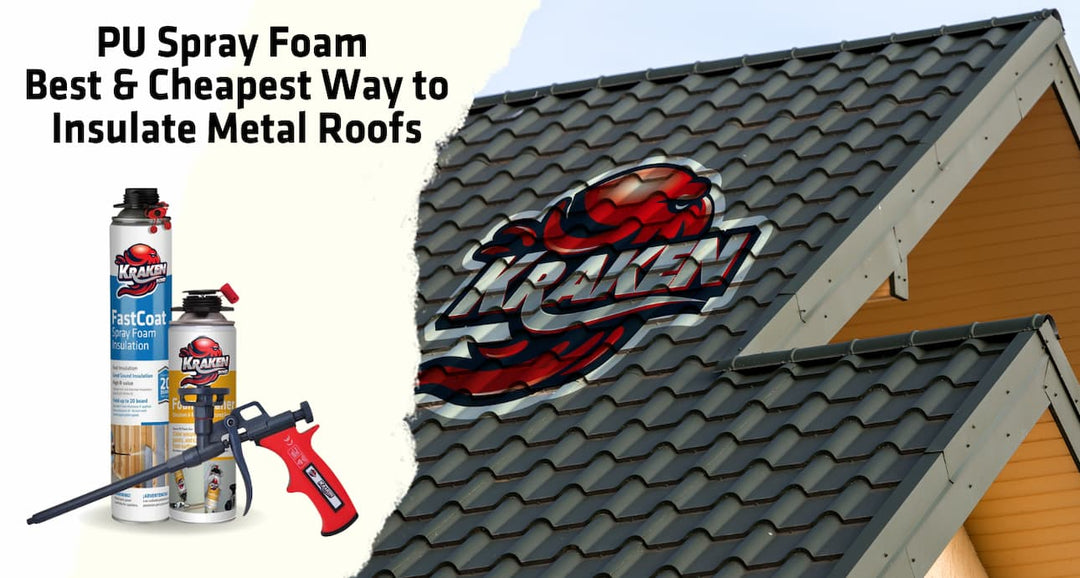

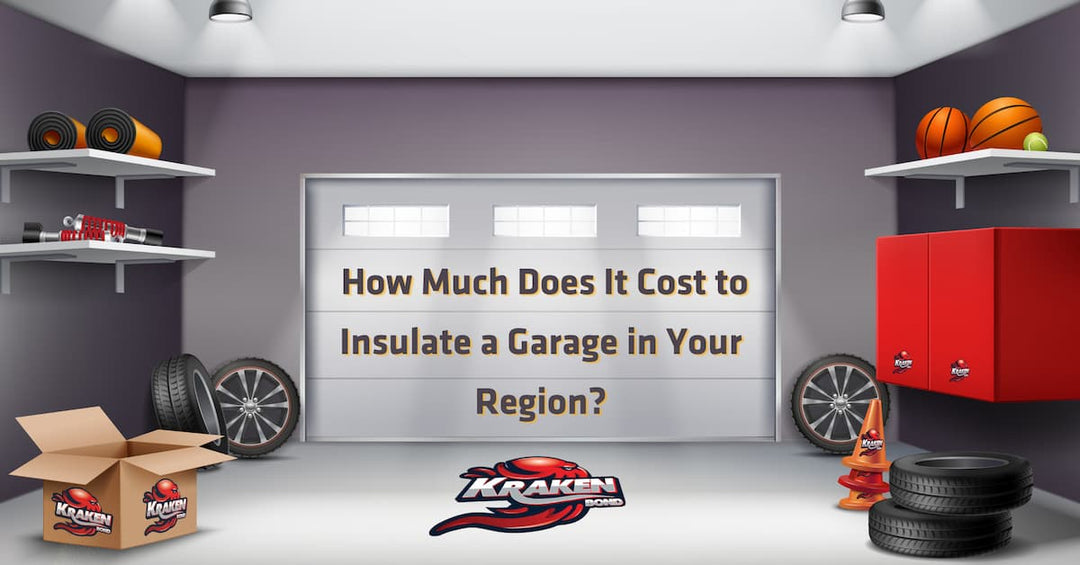
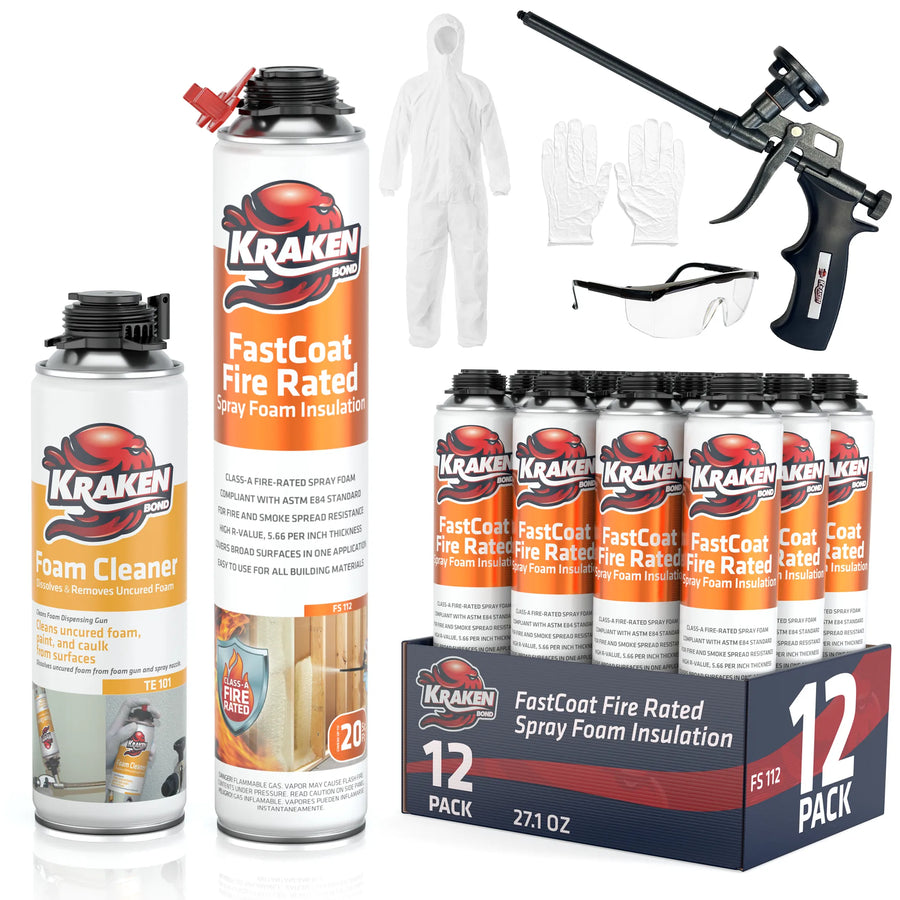




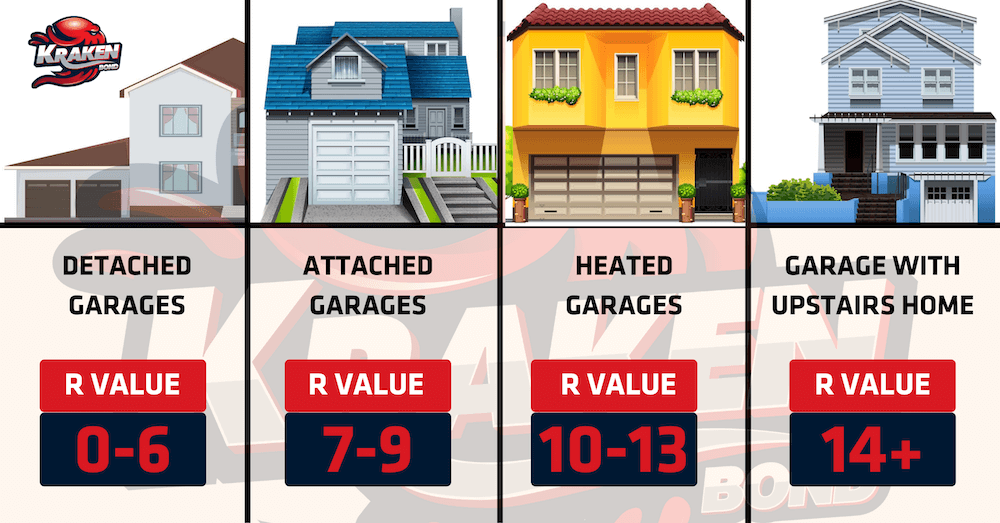

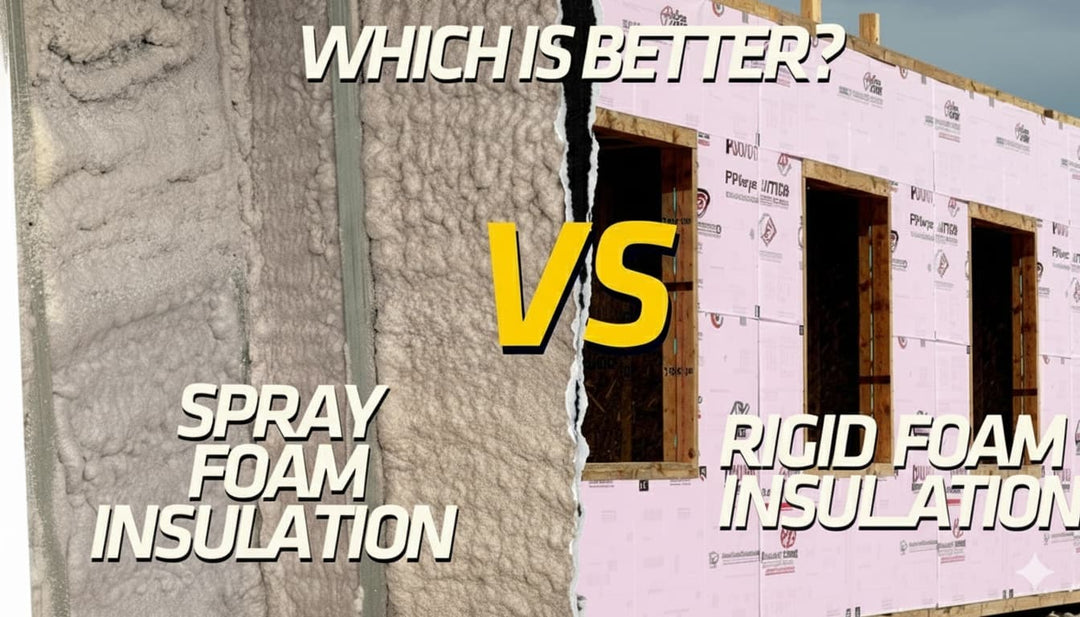
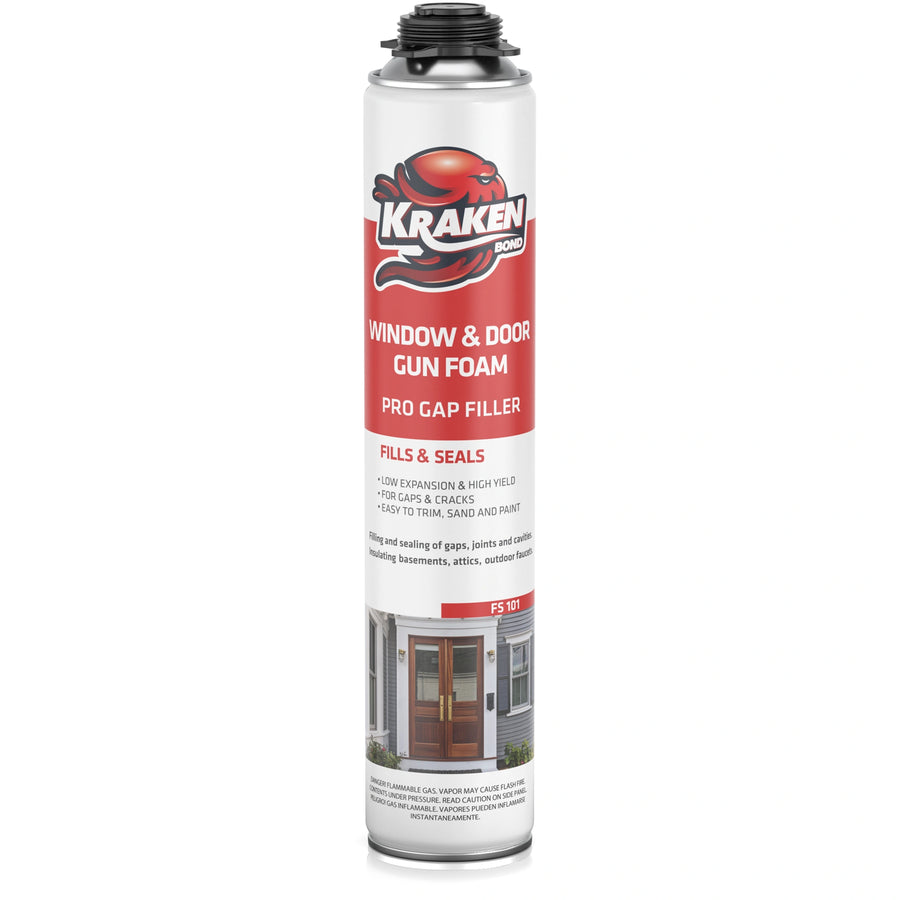
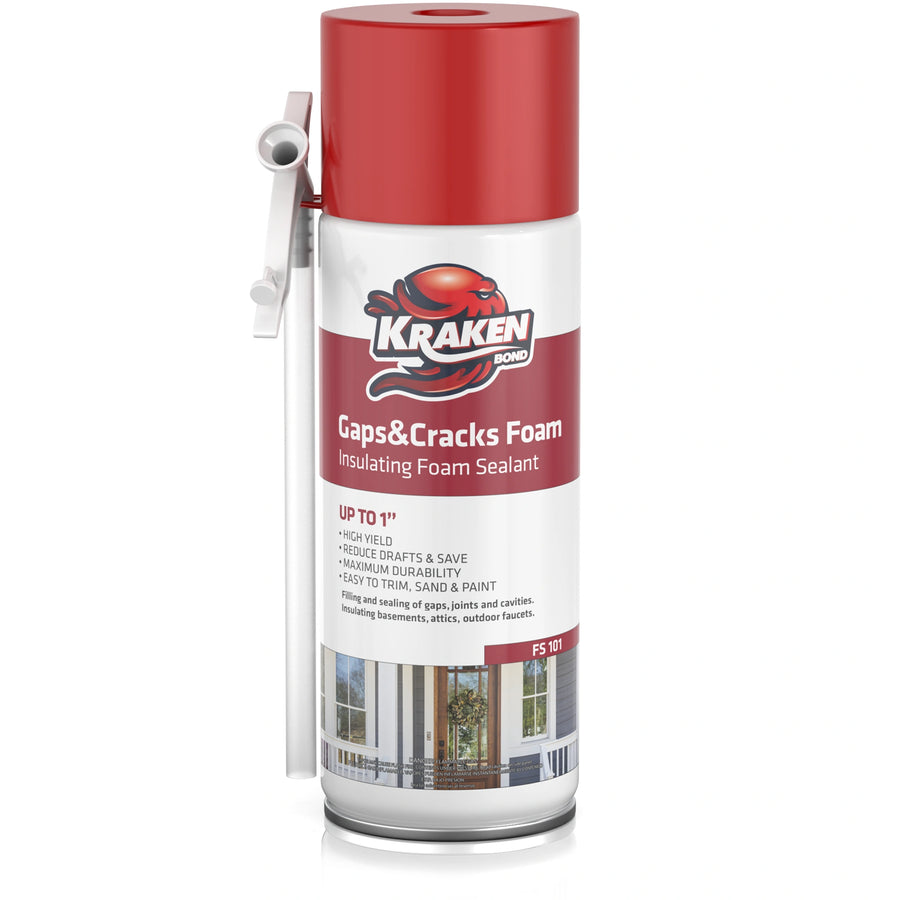
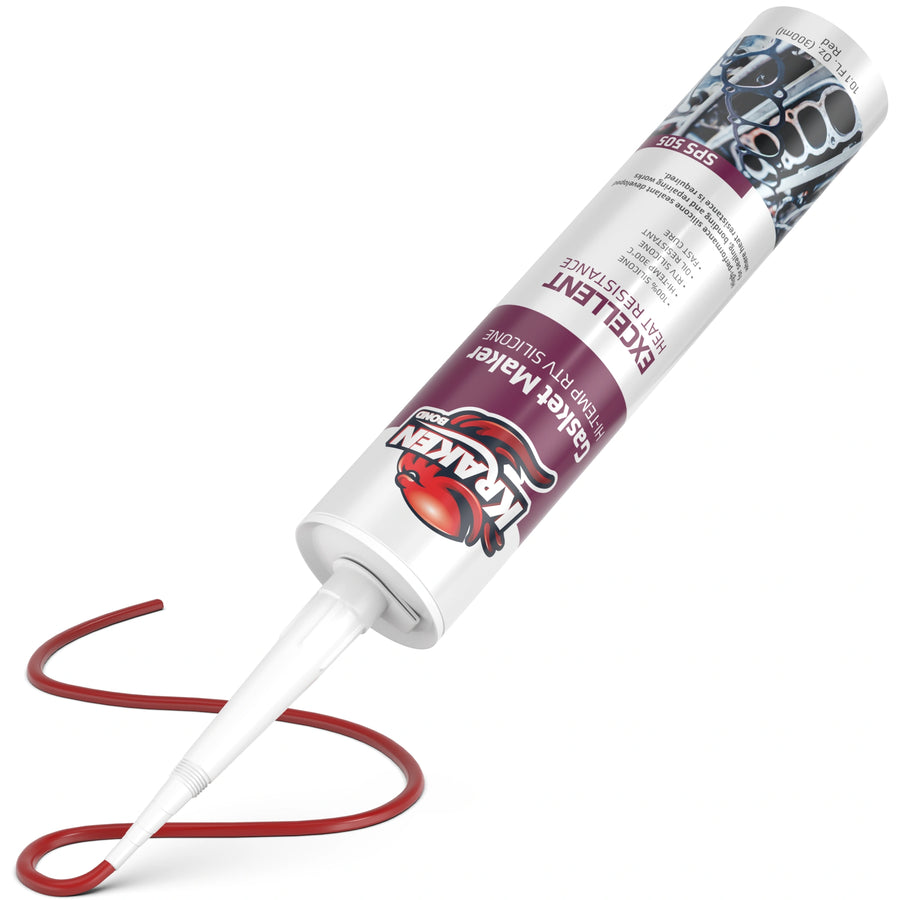
Leave a comment